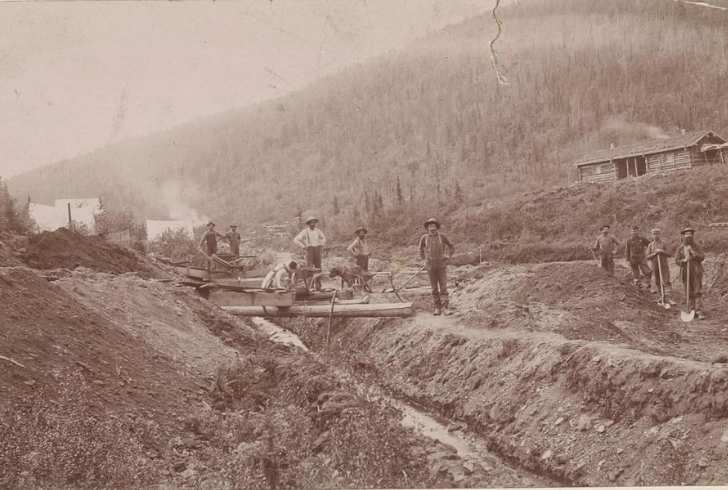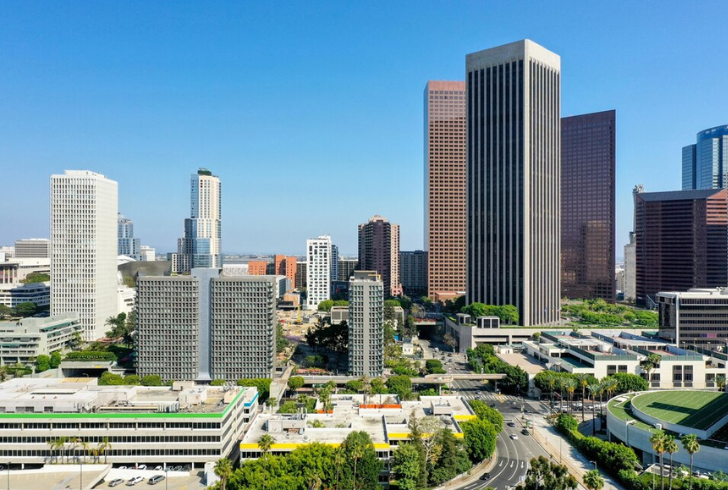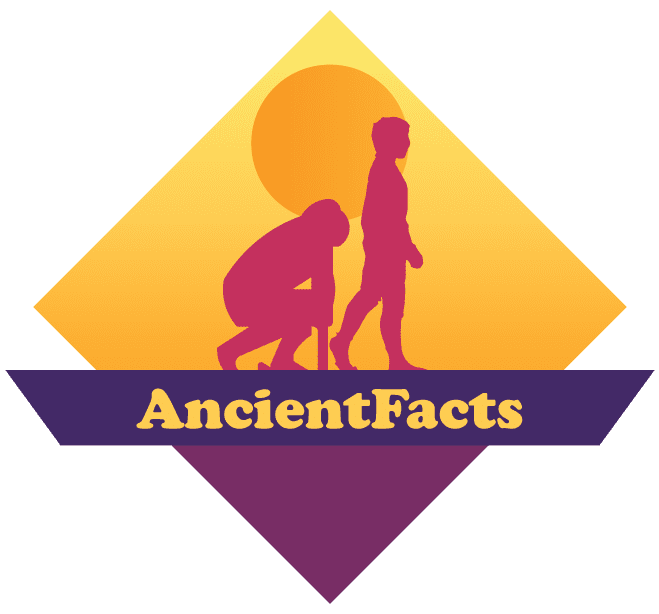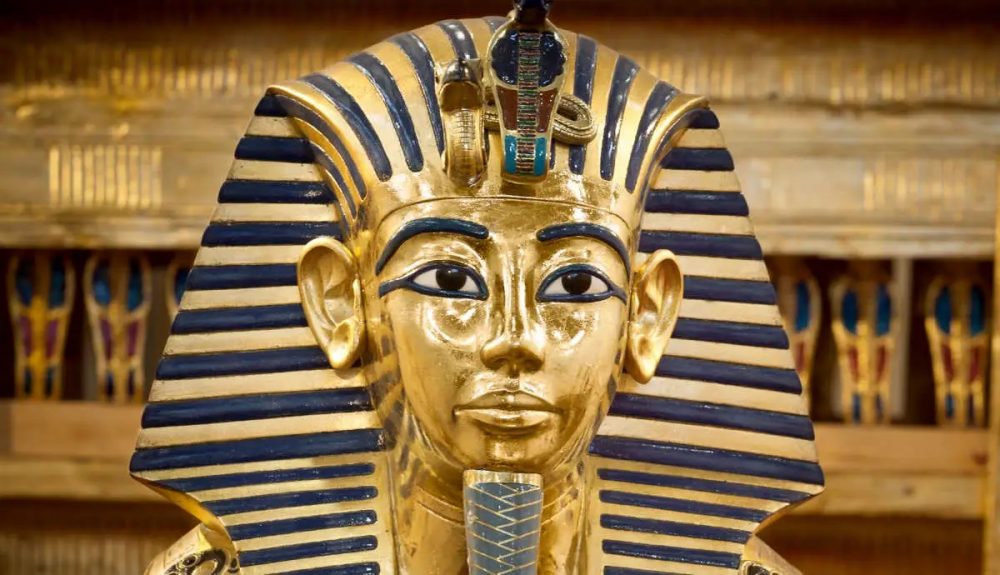The year is 1848. James K. Polk, the 11th President of the United States, stands before Congress, his voice booming with a revelation that would change the course of American history. In his hands, he holds a nugget – not of political power, but of something far more alluring: gold.
He announces the discovery of a treasure trove in California, a land painted as a shimmering El Dorado, its rivers choked with the precious metal just waiting to be scooped up by anyone with a shovel and a dream.
This electrifying news sparked a frenzy that would grip the nation: the California Gold Rush. But the reality that awaited these fortune seekers was far from the glittering image conjured by Polk's words. This wasn't a get-rich-quick scheme; it was a grueling trek into the unknown, a gamble with life and limb against an unforgiving landscape and the harsh realities of nature.
The Harsh Realities of the Gold Rush

Instagram | kenburnspbs | People left everything behind to chase after quick riches during the California Gold Rush.
Imagine leaving everything you know behind, lured by the promise of instant wealth. You pack your bags, kiss your loved ones goodbye, and set sail for California, a land painted in stories of effortless riches.
But upon arrival, the dream quickly shatters. The gold fields are teeming with humanity, a chaotic mass of hopefuls hacking away at the earth, their faces etched with disappointment and despair. Food is scarce, water is muddy, and disease spreads like wildfire. The promised riches seem to glimmer just out of reach, a cruel mirage in the unforgiving sun.
Augustin Hibbard, a hopeful miner, paints a poignant picture in a letter to his brother: "We soon found that, although, in imagination, it might be agreeable work, yet in reality, it was the most laborious and in the majority of cases the most unsatisfactory that men could be engaged in."
The backbreaking labor, the constant struggle for survival, and the ever-present threat of illness took their toll. Many succumbed to cholera, malaria, and other diseases that thrived in the crowded, unsanitary camps.
A Transformation Forged in Hardship

Instagram | coinswitch_co | The California Gold Rush deeply transformed the state, influencing its demographics and economy significantly.
Despite the hardships, the California Gold Rush wasn't just about the pursuit of individual wealth. It was a catalyst for a profound transformation of the state, shaping its demographics, economy, and even its very identity.
The influx of prospectors, not just from the East Coast but also from around the world, brought a kaleidoscope of cultures and languages. Chinese immigrants, facing discrimination and violence, carved their own niche in San Francisco, establishing the nation's first Chinatown.
The boom also fueled the rise of opportunistic entrepreneurs who saw gold in, well, the miners themselves. Merchants like Samuel Brannan, Levi Strauss, and Leland Stanford amassed vast fortunes by catering to the needs of the gold-hungry masses. These men, not the miners themselves, became the true millionaires of the Gold Rush.
A Legacy of Boom and Bust
The Gold Rush's peak was short-lived. By the mid-1850s, easily accessible gold deposits dwindled, and the industry became dominated by corporations wielding powerful machines. The romantic image of the lone prospector panning for gold faded, replaced by the harsh realities of industrial-scale mining that ravaged the environment.

Freepik | California stands as the fifth-largest economy in the world.
However, the Gold Rush's legacy extended far beyond the fleeting allure of gold. It cemented California's position as a major player on the national stage, paving the way for its booming agricultural industry, technological prowess, and vibrant entertainment scene. The state's population exploded, transforming sleepy towns into bustling metropolises like San Francisco, Sacramento, and Stockton.
Today, California stands as the fifth-largest economy in the world, a testament to the transformative power of that initial gold strike. But amidst the glitter and prosperity, it's crucial to remember the human cost of the Gold Rush. The displacement and suffering of Native American communities, the harsh realities faced by many miners, and the environmental degradation caused by industrial mining serve as stark reminders of the darker side of the California dream.
As we look back on this pivotal moment in American history, let it be a reminder that the pursuit of wealth, while alluring, should never come at the expense of human dignity or environmental sustainability. The California Gold Rush may be a bygone era but its lessons resonate even today, urging us to strive for a future where prosperity is shared equitably and the environment is protected for generations to come.




